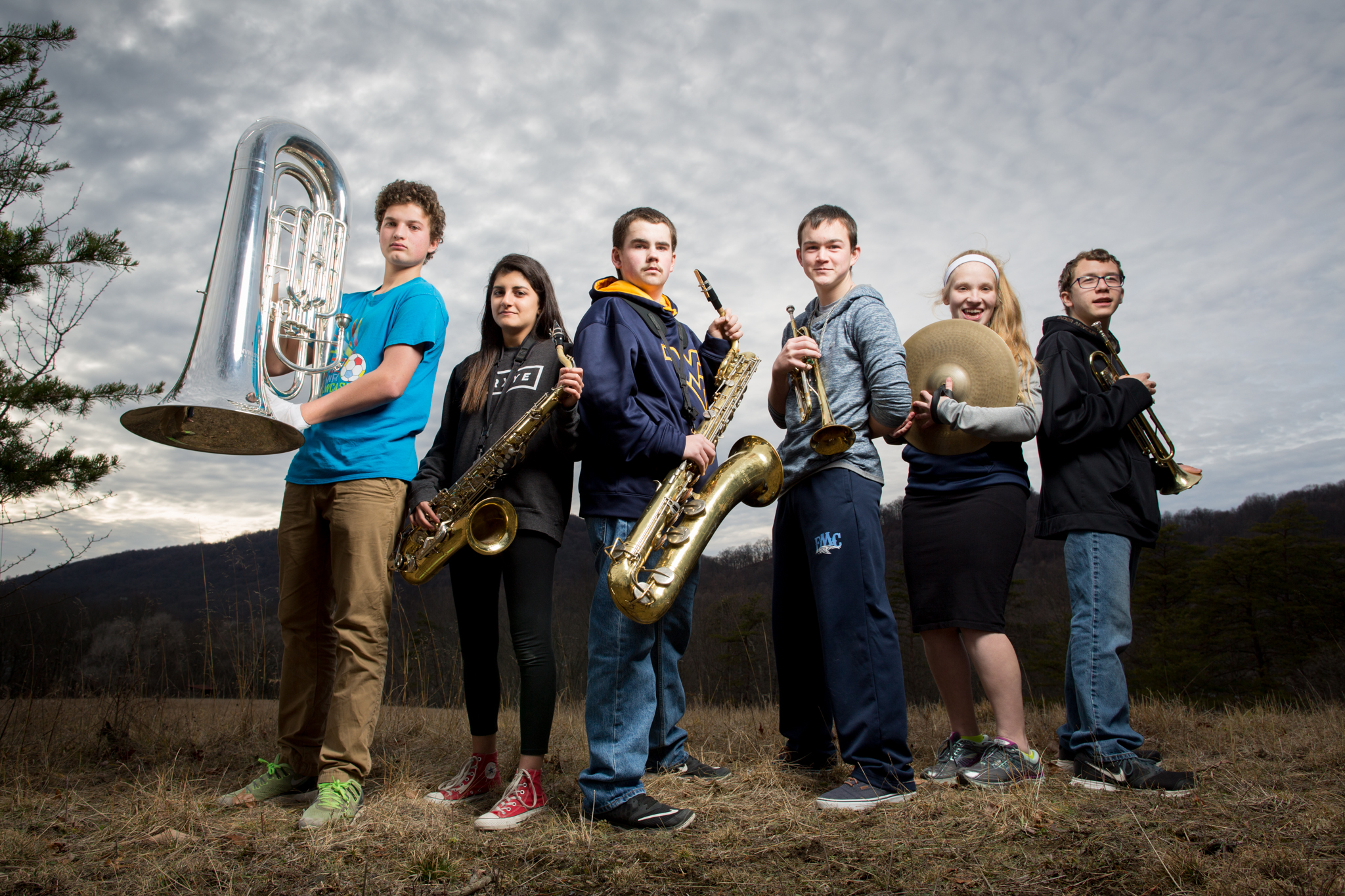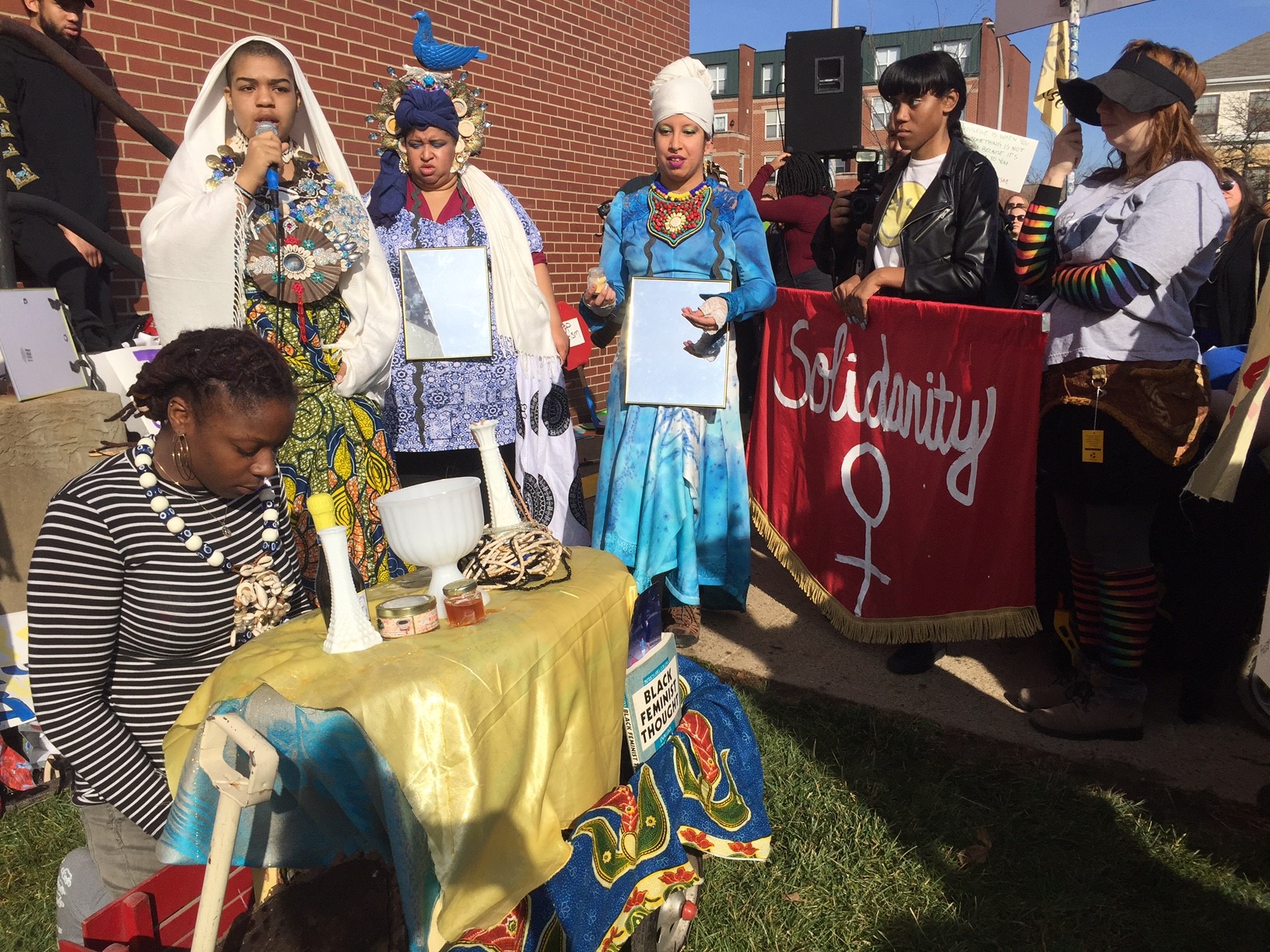Following President-elect Donald Trump’s victory, data journalists, political analysts, armchair pundits and average voters all scrambled to find some way of explaining the Washington outsider and billionaire businessman’s surprise victory over favored Democratic candidate Hillary Clinton.
Was it the turnout of Women, Hispanic or Black voters?
Had the Democratic Party become so aimless and misguided that it only appealed to the “liberal elite”–forgetting the working class that it was once known for representing?
Did WikiLeaks’ release of emails from the Democratic National Committee illustrating favor for Clinton over Bernie Sanders have enough of an impact to put the party in internal disarray?
Was it because of some under-appreciated demographic that had slipped past everyone’s radar leading up to November 8?
Regardless of the validity of any theory (or combination thereof) that seemed to spring up, journalist and author Sam Quinones had an observation of his own. While touring the country promoting his book Dreamland: The True Tale of America’s Opioid Epidemic, Quinones noticed that the same areas deeply affected by addiction to prescription opioids and heroin seemed to be areas where Trump did exceptionally well.
Of course, Appalachia has been particularly stricken by the opioid crisis in recent years–with West Virginia, Kentucky, Ohio, Pennsylvania and Tennessee (all states with counties that comprise the region) ranking in the top 10 for the highest age-adjusted drug overdose death rates in 2015, according to statistics from the Centers for Disease Control and Prevention.
As for Trump’s appeal in Appalachia? He won 399 of the 420 of the counties comprising the region (as defined by the Appalachian Regional Commission), which is spread across 13 states.
All of that said, Quinones’ examination doesn’t seem like that much of a stretch.
With all of this in mind, we spoke with Quinones about his reporting on the opioid crisis, how the problem festered in Appalachia and how the Trump Administration might tackle the issue following the Obama’s White House–which has pushed to make the issue more visible and championed recovery efforts for those stricken by addiction.
Editor’s Note: This interview is the beginning of an exploration of how the opioid crisis has afflicted Appalachia in recent years, the relationship between the problem and Trump’s popularity in the region and how the new presidential administration will tackle issues related to opioid addiction and treatment.
The following transcription has been edited for clarity. To listen to the full interview with journalist and author Sam Quinones, you can stream it via SoundCloud.
Your book Dreamland, published in April of 2015, delves into the opioid epidemic that’s swept the country over the past few years. It’s my understanding that the title of the book makes reference to a community pool in southeastern Ohio. You also did some reporting in Huntington, West Virginia. So, I guess it’s safe to say that you’ve got a firsthand look at the impact of this issue with opioids across Appalachia. If you would, tell me a little bit about what you learned about that problem–specifically to this region?
It was very intense, of course. It also had been largely ignored by the rest of the country. I believe that region–very roughly drawn, say from Columbus over to Cincinnati, most of West Virginia, most of eastern Kentucky down into eastern Pennsylvania and eastern Tennessee–really was the canary in our societal coal mine that was very much ignored by the rest of the country for years as that problem was festering.
I believe also that area was the first place–Huntington, in particular–was the first place we saw what you’re now seeing all across the country, which was massive addiction to pain pills which were heavily, heavily promoted as a new as the new treatment for all manner of pain and, therefore, eventually doctors began to very heavily prescribe these and a huge new supply of pills was unleashed on that area. Along with that, you had the development of pill mills, scandalous kind of clinics where were doctors really paid no attention to diagnosing people they just dispense prescriptions for cash and you had this business model run rampant through that area as well. That area is also the first place where you got the arrival of very cheap heroin in the eastern part of the United States–cheap and potent–[which is] very important to the story. It’s the first place you see people begin to transition from Oxycontin addiction– with very heavy doses of Oxycontin–over to cheap black tar heroin and then die is in Huntington, West Virginia in the fall of 2007.
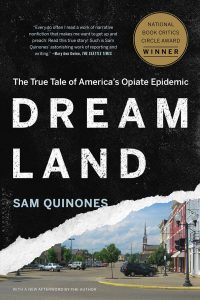 That story now, that transition from Oxycontin addiction to black tar heroin–very potent heroin from Mexico–is playing out all across the country now in the last five years. But you really saw it first in Huntington and that has to do with a confluence of factors that I talk about in Dreamland. Again, the heavy promotion of pain pills, pill mills arriving and then–crucial to all of this–was the supplanting, back many years before, of heroin coming from the Far East–which is where we traditionally got a lot of our heroin was from Burma and Turkey in places like that–by heroin from Mexico and from Colombia. This happened really in the 1980s, but because there was not a growing population of opiate addicts at the time, no one really paying attention to that change. It was only when we began to create brand new opiate addicts by the thousands all across the country that we began to understand that this was a huge part of the story as well. But it all plays out first in in the area that you’re referring to.
That story now, that transition from Oxycontin addiction to black tar heroin–very potent heroin from Mexico–is playing out all across the country now in the last five years. But you really saw it first in Huntington and that has to do with a confluence of factors that I talk about in Dreamland. Again, the heavy promotion of pain pills, pill mills arriving and then–crucial to all of this–was the supplanting, back many years before, of heroin coming from the Far East–which is where we traditionally got a lot of our heroin was from Burma and Turkey in places like that–by heroin from Mexico and from Colombia. This happened really in the 1980s, but because there was not a growing population of opiate addicts at the time, no one really paying attention to that change. It was only when we began to create brand new opiate addicts by the thousands all across the country that we began to understand that this was a huge part of the story as well. But it all plays out first in in the area that you’re referring to.
One of the things I want to point out is a report [by Eric Eyre of the Charleston Gazette-Mail] that 780 million hydrocodone and oxycodone pills were shipped into West Virginia by drug wholesalers between 2007 and 2012. During that time period, 1,700 people fatally overdosed on those drugs. Which leads me to question: Where do you place the blame on this? Is this the pharmacists? Is this the doctors? Is this the drug wholesalers? The Federal government? With numbers like that popping up, someone has to be responsible somewhere down the line. There’s an understanding that doctors were pushing these medications and they were prescribing them because it was the only available option for pain management. But now it seems like, with an investigation like this coming out–it seems like the drug wholesalers, the pharmaceutical companies and top tier actors might be to blame.
I think that’s where the blame properly lies. Remember this is a this is a supply story. We’ve always argued about whether drug scourges start with demand or supply. I used to think that demand was to blame. ‘Well, we just have lots of people wanting drugs so therefore the people supply it.’ Doing this book changed my mind entirely about that issue. I really believe this is a supply issue. These things start with heavy doses of supply. In this case, this is a perfect example of that. You inundate an area with high levels of supply of very potent and prevalent opiate painkillers. People will get addicted to them. It’s that easy access to relatively cheap and certainly prevalent supply that is that is essential in all this. So, the drug suppliers were not drug cartels, were not the typical people we think of–the street peddlers–those guys came later. They came much later and after the demand had already been created. The people who primed that pump, who created that demand, were pharmaceutical companies and they were playing on a larger feeling in America that I think is also really important to keep in mind. And that is, we as Americans, began to demand easy solutions to complicated problems and pain being one of the main ones. We did not want to pay attention to our own bodies and be accountable for our own wellness strategies, or wellness or consumer choice and behavior.
We did not want to pay attention to what we put into our bodies. We wanted to kind of have it quick and easy. And I think pharmaceutical companies were just went way out of bounds and providing the stuff and pushing this stuff and telling us all that this was the new the new panacea. But the truth is, too, there is a certain amount of blame that we need to accept ourselves for understanding that when we go into a doctor and the doctor says ‘Part of the problem you know you’re in pain is because you’re obese or because you smoke or there’s all these things that you do that you need to stop doing because they’re damaging to you.’ We need to accept that advice. We need to say ‘Yes, you know what? That’s right, I have to start walking more, swimming more, doing things, cutting out bad foods.’ And, so, it seems to me that there’s plenty of blame to go around.
The figures in the Charleston paper were just scandalous, I thought. I could not believe those figures. They were so stunning and so nauseating and it makes you feel that, yes, there’s this capitalist impulse to just push a product no matter what the value is or the detriment is to the community you’re pushing it to. And, so, the first drug traffickers in this story might well be said to be pharmaceutical companies.
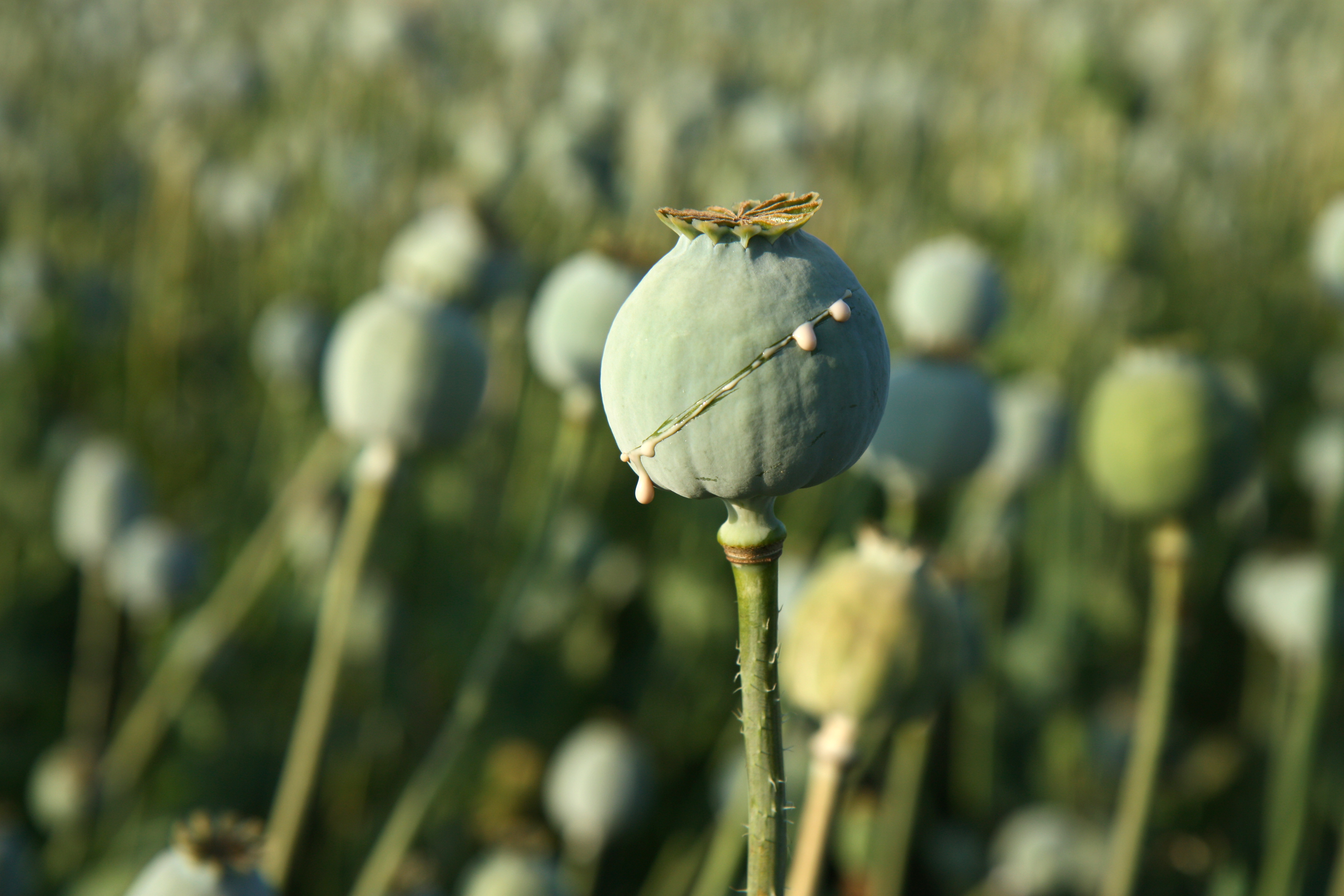
Are we seeing those kinds of numbers in urban areas and across this country? In New York or L.A. or Seattle or anywhere that has a large population? Is there any sort of parallel to these big cities as we’re seeing here in West Virginia or is it striking harder in these Appalachian or Heartland-type communities?
Well, I would say it’s striking hard in areas beyond where we’re used to seeing them. That doesn’t mean it’s only striking hard in Appalachia, though. Utah has a very serious problem. Oklahoma, North Carolina, Oregon-these are not areas that are part of Appalachia, but they are they’re very seriously hit by this. I would say the greatest number of deaths, [based on] the figures I just saw recently, California has the largest number of deaths–it’s just that, per capita, it does not. [California] is way down on the list. The highest numbers are West Virginia, Ohio, Kentucky, Utah–places like that. New Mexico is another place that’s being hit very, very hard. Urban areas don’t seem to have the problem that rural and Heartland and suburban areas are having.
But I would say this: this is almost entirely, from my vantage point, a white problem. It certainly has not struck to any degree of intensity–that it has in the white community–the communities of Latinos or Blacks or Asians that we’ve seen across the country. It just does not play a part in that. Why? That is a real big question and I’m not sure I have all the answers to why that would be. But it most definitely is hitting white people. I get e-mails from all over the place. Arkansas, Milwaukee. You know, I’ve gotten e-mails from people from Juneau, Alaska and Virginia. So, what’s interesting to me about this is–and depressing, frankly about this whole story–is, in fact, coast to coast. It is very intense in the areas of Appalachia, there’s no doubt. But Maine, New Hampshire, Vermont–lots of areas have problems that that are taking people daily and they’re far beyond the area where it first started. Which is, properly speaking, Appalachian the area I describe.
It should be pointed out that it seems like there’s a difference between the rise of crack cocaine in the ’80s that affected urban areas and this problem with opioids and heroin that has gripped more white, rural communities here [in Appalachia] and across the country. Some would say that that’s an issue of race and class that plays some role between the difference in these two problems. But there also seems to be a big difference in the response to these issues. Crack, obviously, was treated with law enforcement–an illegal activity–and now it seems like with this issue involving opioids and heroin it’s treated more like a public health issue. The government has stepped in to try to combat this not full on with a bombardment of law enforcement but working with public health officials and other aspects of the community to try to solve this problem. Is that fair to say?
Yes, I would say so. These are two very different responses to drug scourges that we saw from say the mid ’80s to the early ’90s with the crack problem and the opiates to heroin problem that we’re seeing now in the 2000s and into our current decade. There are a couple of reasons for that. One, of course, I believe to be certainly true is that it’s race and the predominantly white community and white society we live in–and they did not know a lot of crack users, addicts or sellers. And so, therefore, they were divorced from that problem and viewed it in very black and white terms to say ‘OK, just throw people in jail and that’s all we ought to do.’ That community is now seeing their own children addicted to a very different substance but equally as disastrous. And they are they are changing how they view crime and punishment, frankly. You see this especially and intensely, I think–and very interestingly– in red areas of America, Republican areas of America. Because that’s where they were very unprepared for this. And it kind of [complicates] the idea of who they actually are as a community. And now you’re seeing people really retreat from the tough on crime approach the throw like a way that lock ‘em all away approach to approach saying treatment is best. We need to provide more treatment. They understand now that that a felony record for their children is about as life mangling as an addiction itself.
There is a difference, though, and it’s really important to understand this difference because it’s crucial to the debate on this. During the crack years, I covered crack as a crime reporter in a town that was besieged by crack cocaine during the late ’80s and early ’90s–that’s where I first started my career. I could tell you that what really bedeviled society about crack was the publicness of its violence. Everywhere you went, you saw a blight or damage created by the public nature of crack cocaine. You saw drive-by shootings, you saw the growth of gangs, you saw carjackings. This was basically a crime invented by crack dealers. You saw all the bullets whizzing through apartments, cute little kids being hit. You could not avoid this. And for that reason, crack cocaine got far, far more publicity for far longer than did this latest drug scourge which is only now emerging from the shadows. It’s very different nowadays. There is almost no public violence associated with this. And so, therefore, you get very different responses. You get a response where the crime rate goes way up in the town.
My town, where I lived in Stockton, California, had set record homicide rates each year. And so, if you have a very high crime rate created, that is clearly connected to a drug scourge, the approach will be prison and to lock them up–heavy on the law enforcement. The problem was, it was almost a unitary solution and just nothing but law enforcement and no approach as to how people might actually wean themselves from these drugs and what kind of treatment we might provide. There was almost none of that.
Now we’re seeing drug a scourge that really has been silent for years, partly because there is no violence. Also, because parents are embarrassed and stigmatized. A lot of people just simply are oblivious to this because you did not have drive-by shootings, bullets whizzing through apartments and all that kind of thing.
I think it would be hard to imagine that if we had the same level of public violence associated with this [opioid and heroin] drug scourge as we had with crack, that people would be talking much about treatment. I really believe that people would go back to ‘Get the criminals off of the streets,’ which is in some way a proper response. The problem is it’s not the only response and that was our mistake during the crack years–it became almost the only response to a drug problem.
Now we’re seeing the idea that we can’t arrest our way out of this. My feeling is that I’d be careful of that idea. My feeling is that that in order to treat your way out of this problem. you have to arrest your way out of it first. Because the problem that most many addicts are finding is that they are getting out of treatment and going back to communities that are besieged by drug supply: pills and heroin. So, when you get out, it’s almost like Russian roulette. You relapse when in that situation and you very quickly can die. And that’s been happening all across the country. People getting out of jail, getting out of rehab, being clean and then getting back to their communities where they got hooked and shooting up again or using again and dying. So, we need to have a balanced approach to this, it seems to me. Clearly history has shown us that we absolutely need to attack that supply and that’s done best through law enforcement. We absolutely need to have a much greater amount of investment in treatment–one alone will not do the trick.
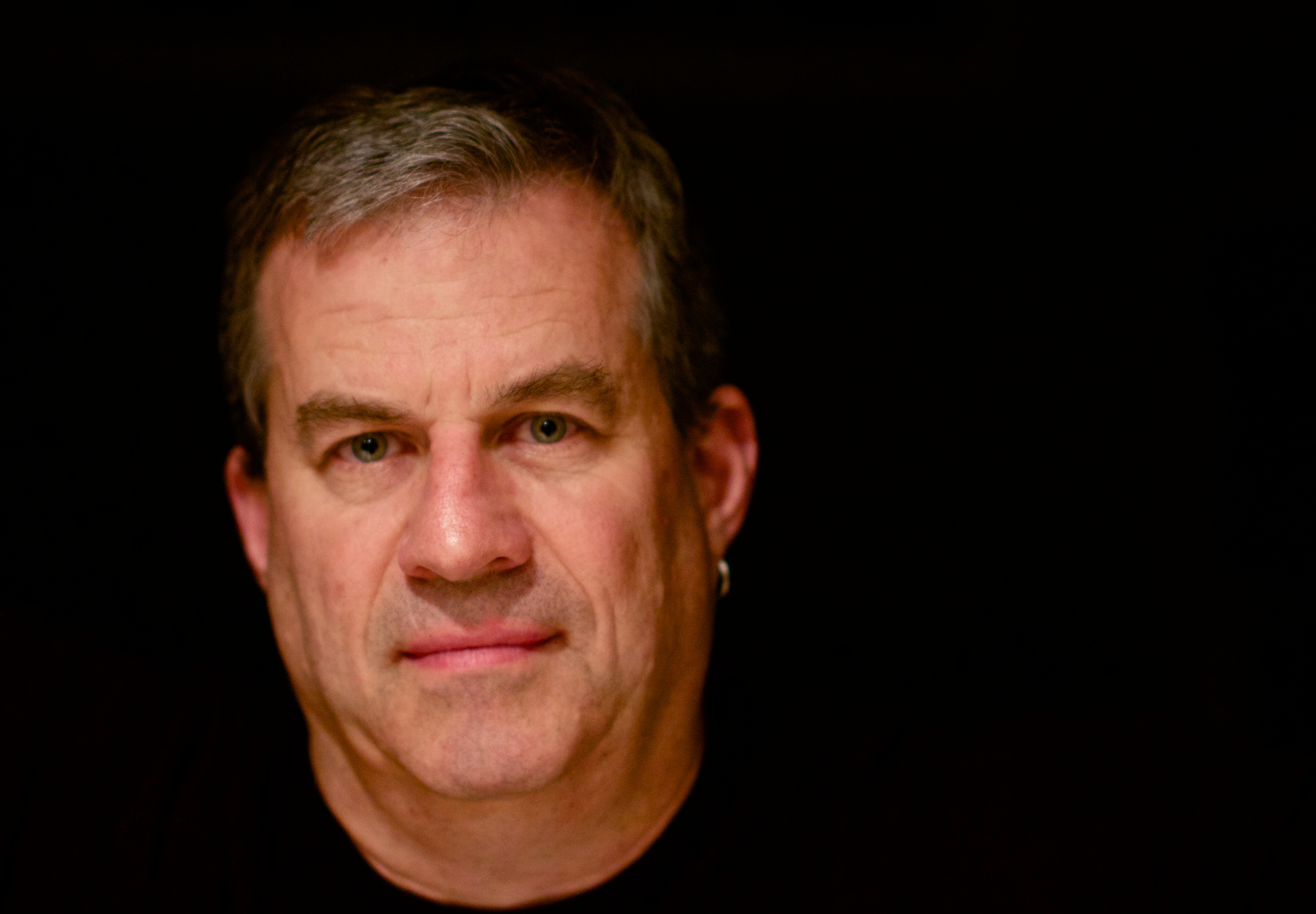
Here we are on the cusp of a new presidential administration. Just after the election, you made a blog post on your website about the relationship of communities that were stricken by the opioid crisis and support for a President-elect Trump. What can you tell me about that relationship between these two communities–the opioid-ravaged areas and the “Trump Nation”, so to speak?
I think in states that were crucial to his victory, that connection is very, very strong. You know, he won Ohio, Pennsylvania, North Carolina, Michigan. There were a few other states that he won that probably were essential but weren’t the swing–the pivotal states–the ones like I mentioned. And in those areas, what you found was something interesting. You found in a lot of those areas unemployment rates were falling. They were at the lowest rates they’d been in say six or eight or ten years. You would think there would be some optimism generated by that. But hidden beneath those numbers is really a more somber reality. And the somber reality run into if you go to those counties, which is where people say ‘If we have jobs open up, our employers tell us that 70 percent of our job applicants cannot pass a drug screen because they’re on their hooked on drugs.
Also, a lot of people are simply not in that unemployment count because they are strung out. So, the numbers don’t accurately reflect reality. You don’t get that sense of optimism from a low unemployment rate that you might expect because the fog of drug addiction is everywhere.
I would also say that there’s a very strong argument to be made that in the last two [to] three years, let’s say, people have become far, far more aware of this problem in their communities–even though they may not have it in their specific immediate families. They know that the pastor’s kid, the football quarterback, the neighbor down the street–people have addiction in their family.
They’re feeling it in just a general malaise, a general inertia, a general feeling of we’re going nowhere. In all of these areas that swung very heavily for Trump–that four years earlier I think did not swing so heavily for Mitt Romney or in fact went for Barack Obama–you saw a combination of: Now we know it’s a problem. Now we know that a lot of people are not able to pass drug screens say because they’re hooked on dope. Now we see people dying. Now it’s more public people are putting the real cause of death in obituaries, when before they would say ‘My son of 25 died of a heart attack or something’ now they say ‘No he died when the battle with addiction.’ People know it’s out there.
I believe a fundamental, crucial part of the results of [November’s] election–that you just did not find people believing that there was something positive even happening, even though the numbers on the surface you think might indicate that if you dig down. I really think that it had to do with that.
You know, Donald Trump gave a speech during the convention talking about the horrifying rise in crime all across the country–that’s, frankly, nonsense. Los Angeles, we have the lowest number of murders –not murder rate–the lowest number of murders since 1967 and back in ’67 we had 30 percent fewer people. There is not this upsurge in crime. What there is–and it’s very clear that this is true–is a kind of a malaise associated, in my opinion, with opiate addiction, heroin addiction–particularly in areas where he did very well and were swing states and crucial to his victory.
Obviously, when one president leaves office and another comes in you know policy changes are made, the cabinet and the administration. I guess I’d like to ask this final question in two parts. First, can you tell me about what the Obama administration’s done on this issue and how effective those efforts have been? And, secondly–looking forward to the new administration–what sort of expectations should be laid out as far as addressing this issue with the Trump administration and how do they go about carrying on with the work (if it has been effective) from the Obama administration?
First of all, I think the Obama administration was taken up–for most of its time–with the ruins of the of the U.S. economy after ’07 and ’08, the recession and so on. And then, of course, terrorism and bin Laden and a variety of things like that took up a lot of its time early on his first term in office.
I would say that, in the last couple of years, the administration like the rest of the country has woken up to this major problem that’s been festering for a while. I think it seems a wise move to have appointed Michael Botticelli as the drug czar. For the first time, you’ve got someone in public health who was in that position and not from the military or law enforcement. And he began to promote another idea–which was not to say an exclusive idea–but an idea that said we now need to treat this as a disease and we need to really invest more in in treatment itself. I think they went a long way towards doing that.
[Botticelli] also very importantly–I think this is probably the most important things he did: he began to involve parents in the discussion. Parents could be and should be great motivators for the society–people who have lost kids, whose kids are addicted or have kids who are in prison or have died. They have a very strong and poignant story that needs to be told and for many years those parents were not telling that story. They were hidden they were embarrassed, they were stigmatized, they didn’t want to be public about it.
That’s what I found during my book research. I just found it very difficult to find parents who would want to talk about this. I found a few and I put them all of the ones I found in the book. But I was stunned at how few of them really wanted to [talk about opioid addiction]. I think what he’s done best is actually leverage the power of the story of these parents because their story will alert other people.
‘Look, can happen in your community. This is happening in your community. This is what happened to me. This is what you need to try if this does occur.’ These kinds of stories, I thought, were very, very important.
I thought the move to fund increased funding by a billion dollars for treatment was a very good one. The president probably needed to be on this on this story earlier but he got on it when he got on it.
The other thing I would say that that really helped matters, frankly–t’s a controversial issue but I really have to say you need to recognize–Obamacare really is fundamental in the approach to drug addiction nowadays because it does provide coverage for drug treatment for those folks who are at the have the least resources and after you’ve been addicted for a while you’re definitely part of that population.
So, Obamacare is essential to that. Whether or not your state opts into it is another issue but it provides that option. If your state doesn’t opt into it then it won’t be available. But, I think that that is also a big part of what’s happened with this administration.
Now, the upcoming administration, honestly, I don’t have a very clear read on what they promise or what they plan to do. I would say that, given the election results, I would say they would be very remiss if they did not make this one of the very top priorities in their administration and, primarily, expanding treatment in those areas. Those areas will not–to use the Donald Trump’s campaign slogan–those areas I don’t believe will ever be great again until they can get a large part of their population off dope.
There is no reasonable way to assume that employers will come to those areas with new jobs and new opportunities if they know that 60 to 70 percent of the people cannot pass a drug screen in those areas. Along with that, of course, you get not just people who can’t pass drugs screens–you get a kind of, again, a malaise and inertia and a kind of fatalism that that is generally not part of a vibrant economy.
I would say that he is going he may have some very difficult times selling the idea that we need to repeal Obamacare. If people see that they are with Obamacare they’re getting drug treatment with it. That seems to me to be a tough sell, I don’t know. I’m not a politician, so maybe it wouldn’t be.
So, I think that one of the things he really needs to do is go to those areas and look at ways of expanding what the federal government can do to expand drug treatment in those areas because it is desperately, desperately needed. I think he also needs to perhaps use his bully pulpit–which he doesn’t seem too cherry about using–to talk about how those pills are prescribed. You know, when you’re in a hole the first thing you’ve got do is stop digging. I think a change in prescribing habits needs to happen. And I think he can help do that by talking about how these pills are prescribed and the excessiveness with which they are [dispensed.] They are valid medical tools, they have just been way, way over-prescribed and for all kinds of things that probably don’t need to be prescribed for.
So, what [Trump’s] actually going to do, I wouldn’t know. But, I would say that the problem is out there now. It is absolutely public. Everybody knows about it. It’s not hidden as it was just a couple of years ago. And, so, that means it’s going to have to be a major part of his administration. I would think. Maybe not.
Follow along with 100 Days in Appalachia on Facebook and Twitter. You can also sign up for a weekly email newsletter to never miss a story. If you are interested in contributing reporting, please be sure to see our call for pitches.


